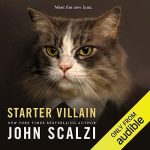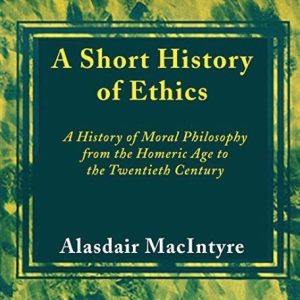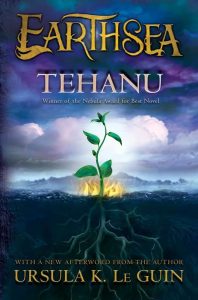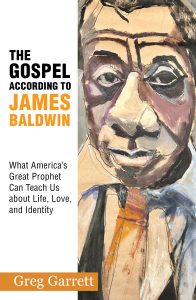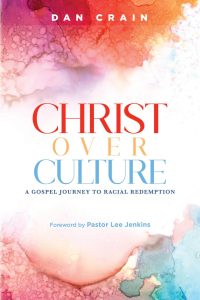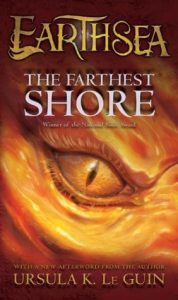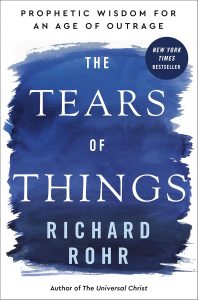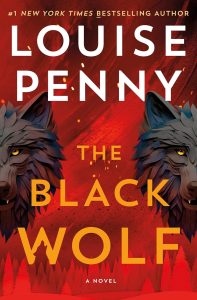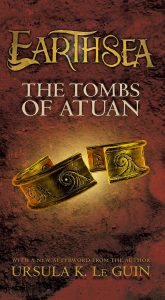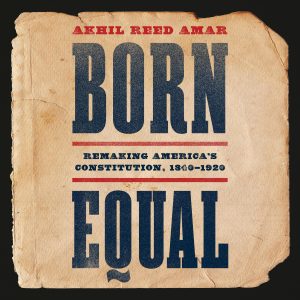 Summary: An exploration of how the United States slowly became a country where additional people were increasingly more likely to be “born equal.”
Summary: An exploration of how the United States slowly became a country where additional people were increasingly more likely to be “born equal.”
Born Free is the third of Akhil Reed Amar’s books which I have read. (The Bill of Rights Primer: A Citizen’s Guidebook by Akhil Reed Amar and Les Adams and America’s Constitution: A Biography). Both of those books are long and as he said on Advisory Opinions when he was asked about the length of Born Equal, he said, well it was shorter than some of my previous books.
Born Equal is worth reading even if it is quite long. It is the second of a trilogy about the Constitution. I have not read the first, The Words That Made Us: America’s Constitutional Conversation, 1760-1840, but I will get to it before the third comes out. I think it should be compared to Mark Noll’s trilogy about the use of the bible in American public life. Noll’s has published two of the three, In the Beginning Was the Word: The Bible in American Public Life, 1492-1783 and America’s Book: The Rise and Decline of a Bible Civilization, 1794-1911. Noll’s book about the roughly same period was about 150 pages longer than Amar’s already long 753 page tome.
Part of why I compare them is that both are trying to contextualize their subject to a modern reader. Noll is trying to show how central the bible was rhetorically to public life. But Noll is also pointing out how much the view and use of the bible was shaped by people molding the bible to fit their point, not allowing scripture to shape them. I do not know if Amar is religious, but he is known for being a progressive originalist. While most legal originalists are ideologically conservative, Amar regularly points out that originalism is not about political conservatism but about paying attention to the words.
The theme that runs through Born Equal was that Abraham Lincoln was the foremost originalist legal theorist of his age and that after the founding generation passed away, and their children passed away, there needed to be a recovery of a legal theory of how to view the American governmental system. Amar contends that Lincoln had an originalist theory that took seriously the words of the constitution as the basis of the meaning and limitations and role of the government.
